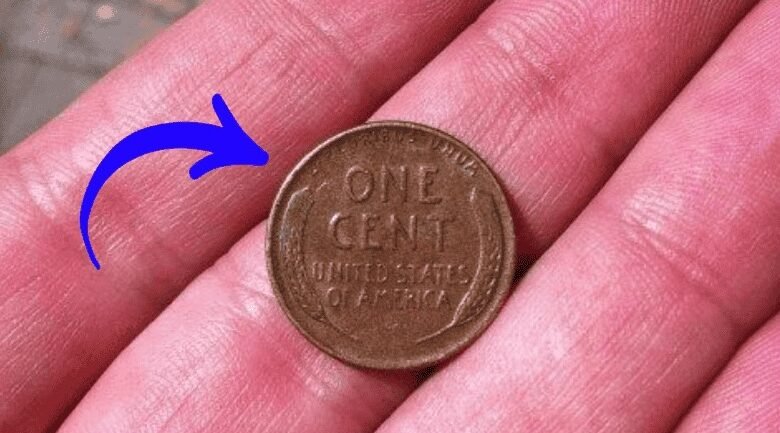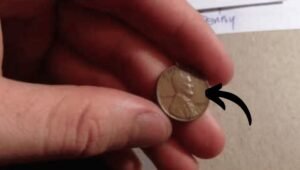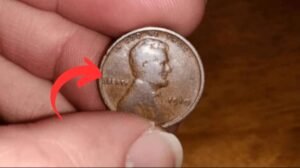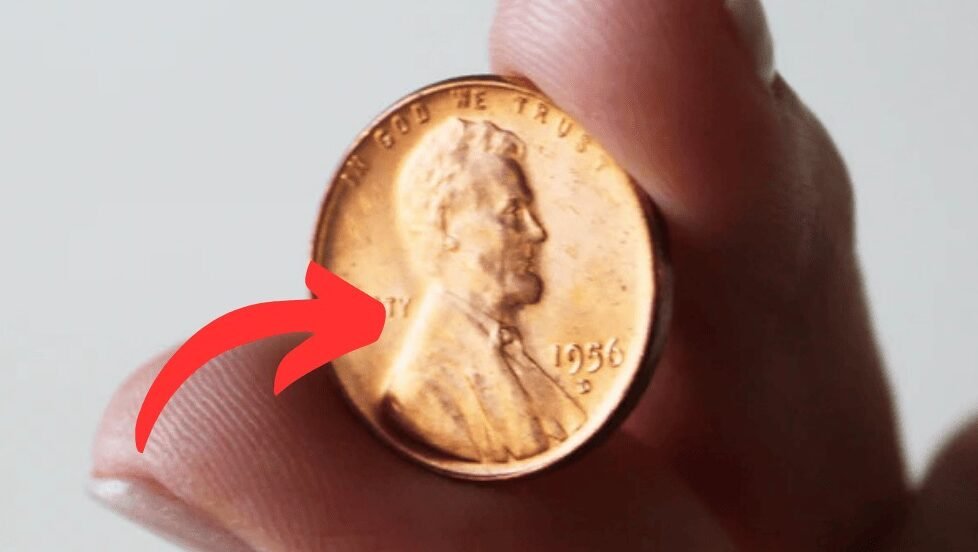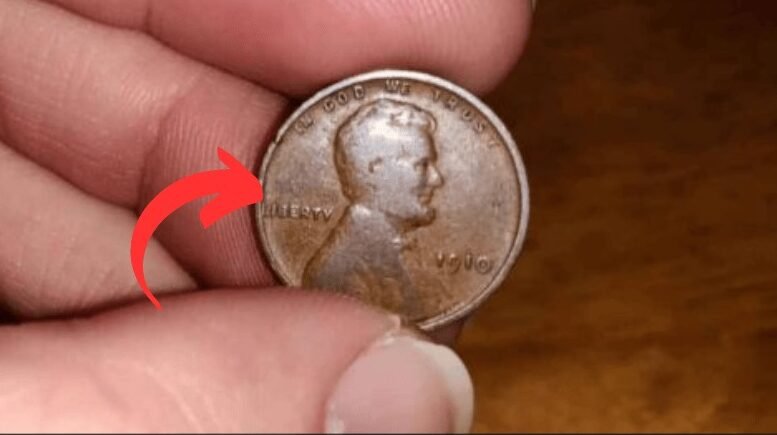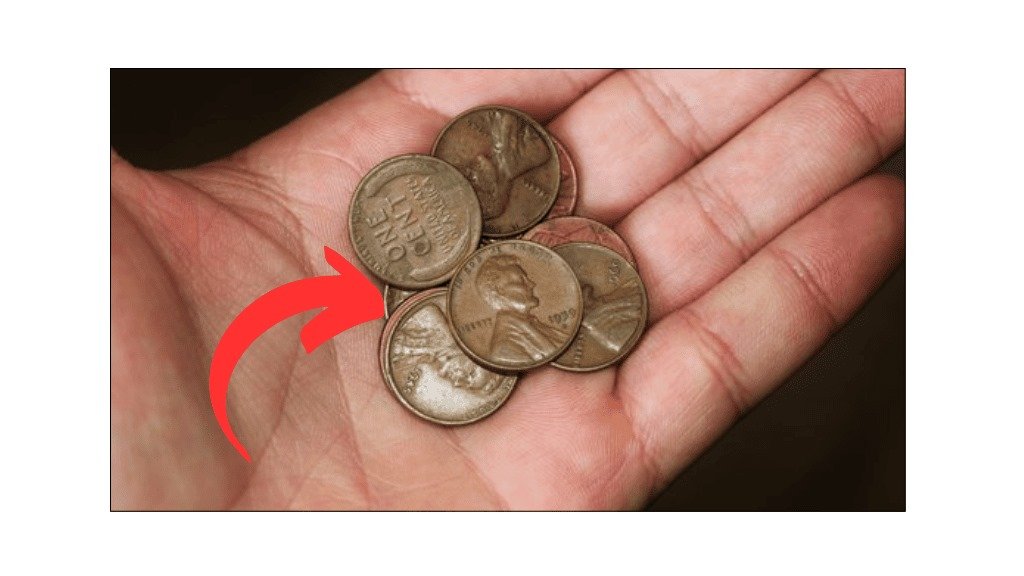The Lincoln Wheat penny is a well-known piece of American currency. It has been around since 1909 and, for many years, it was commonly used in daily transactions.
However, what many people don’t realize is that a specific version of this penny is highly valuable and can be worth an astounding $100,000 or more.
Yes, you read that right — a penny that was originally worth just one cent could be worth a small fortune today, and the best part is, it is still in circulation!
The History of the Lincoln Wheat Penny
The Lincoln Wheat penny was first introduced in 1909 to celebrate the 100th anniversary of President Abraham Lincoln’s birth. It replaced the Indian Head penny and featured a design by Victor David Brenner.
The penny’s obverse displayed a portrait of President Lincoln, while the reverse side showed two stalks of wheat on either side of a central shield. This iconic design led to the coin being called the “Wheat Penny.”
Over the years, the Lincoln Wheat penny has been minted in large numbers, with billions of coins entering circulation. The coin was produced by the U.S. Mint from 1909 to 1958, after which the design was changed to the Lincoln Memorial penny.
The Wheat penny, however, remains a collector’s item, especially when it comes to specific years, mint marks, and rare errors.
Why Some Lincoln Wheat Pennies Are Worth $100,000
While most Lincoln Wheat pennies are only worth a few cents today, certain rare versions can fetch thousands, or even tens of thousands, of dollars at auction. The reasons behind these high values often lie in the coin’s rarity, historical significance, and condition.
One of the main factors driving up the value of specific Lincoln Wheat pennies is their rarity. For example, pennies minted in small quantities or those with rare mint marks can be worth much more than regular coins.
A penny minted in the early 1900s in perfect condition, for instance, might be worth more to collectors than a modern penny.
Another reason some Lincoln Wheat pennies are worth so much is because of errors that occurred during the minting process.
Coins with mistakes, such as misspelled words or unusual shapes, are considered “error coins” and can be extremely valuable. One of the most well-known examples is the 1943 copper Lincoln Wheat penny.
In 1943, due to wartime shortages of copper, the U.S. Mint switched to using steel for the penny’s production. However, a few copper pennies were mistakenly minted during that year, making them incredibly rare and worth over $100,000.
The 1943 Copper Wheat Penny: The Holy Grail
The 1943 copper Wheat penny is often regarded as the holy grail of Lincoln Wheat pennies. Only a handful of these coins are known to exist, and they can sell for astronomical prices. In fact, a 1943 copper penny was sold at auction for over $1 million in recent years.
Why is this coin so valuable? The answer lies in its unique nature. The 1943 copper pennies were a mistake during the wartime switch to steel.
Although the U.S. Mint had intended to produce steel pennies to save copper for war materials, a few copper blanks from the previous year’s production were accidentally used in the minting process.
These rare coins have since become highly sought after by collectors, and their value continues to rise.
How to Spot a Rare Lincoln Wheat Penny
Finding a valuable Lincoln Wheat penny in your pocket change is a rare occurrence, but it is not impossible. To spot a penny worth a significant amount of money, you should know what to look for. First, check the date on the penny.
Certain years, especially those between 1909 and 1958, are more likely to have valuable versions. Additionally, inspect the mint mark. Some rare coins were produced in smaller numbers or were minted in specific locations, making them more valuable.
It is also important to check the condition of the penny. A coin in “mint” or “near mint” condition is worth far more than one that is worn or damaged. Coins that are uncirculated and have little to no wear are particularly valuable to collectors.
The Lincoln Wheat Penny’s Continued Circulation
Despite their high value, Lincoln Wheat pennies, especially the common ones, are still circulating in the United States today. Many of them have found their way into collectors’ hands, but it is still possible to come across one in your spare change.
If you ever spot a 1943 copper penny or a rare version from the early 1900s, you might just be holding onto a small fortune.
It’s important to note that the U.S. Mint has not produced the Lincoln Wheat penny since 1958, but the coin’s legacy lives on.
The design was updated to include the Lincoln Memorial in 1959, and later modifications, such as the Union Shield penny, were introduced. However, the Lincoln Wheat penny remains a beloved part of American history and numismatics.
The Lincoln Wheat penny, a coin originally worth just one cent, can now be valued at $100,000 or more if you happen to come across the right one. Rare pennies, such as the 1943 copper version, have become highly sought after by collectors and can fetch staggering prices.
While the chances of finding a penny worth such a fortune in your pocket change are slim, the continued circulation of these coins makes it possible to discover hidden treasures even today. So, next time you see a Lincoln Wheat penny, take a closer look — it might just be worth more than you think.
FAQs
What is a Lincoln Wheat Penny?
A Lincoln Wheat Penny is a U.S. coin that was produced from 1909 to 1958. It features a portrait of President Abraham Lincoln on the front and two stalks of wheat on the back, giving it the nickname ‘Wheat Penny.’
How can I tell if my Lincoln Wheat Penny is worth money?
The value of a Lincoln Wheat Penny depends on its rarity, mint mark, year, and condition. Some years, such as 1943 (copper) and 1909-S, are especially valuable. The better the condition, the higher the value.
Why is the 1943 copper Lincoln Wheat penny so valuable?
The 1943 copper penny is rare because the U.S. Mint accidentally minted a few copper pennies during a time when they were supposed to be made of steel. These rare pennies can fetch over $100,000.
Are Lincoln Wheat Pennies still in circulation?
Yes, Lincoln Wheat Pennies are still in circulation, though most are no longer in good condition. However, certain rare and well-preserved examples can still be found in pocket change.
